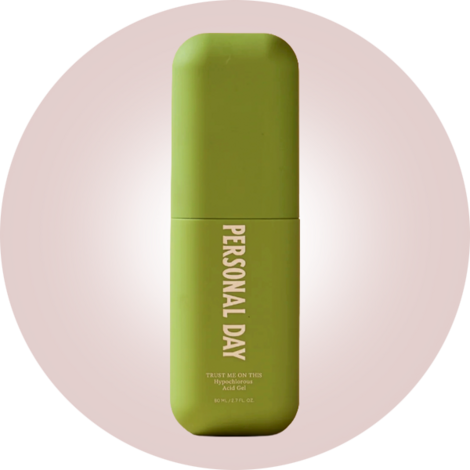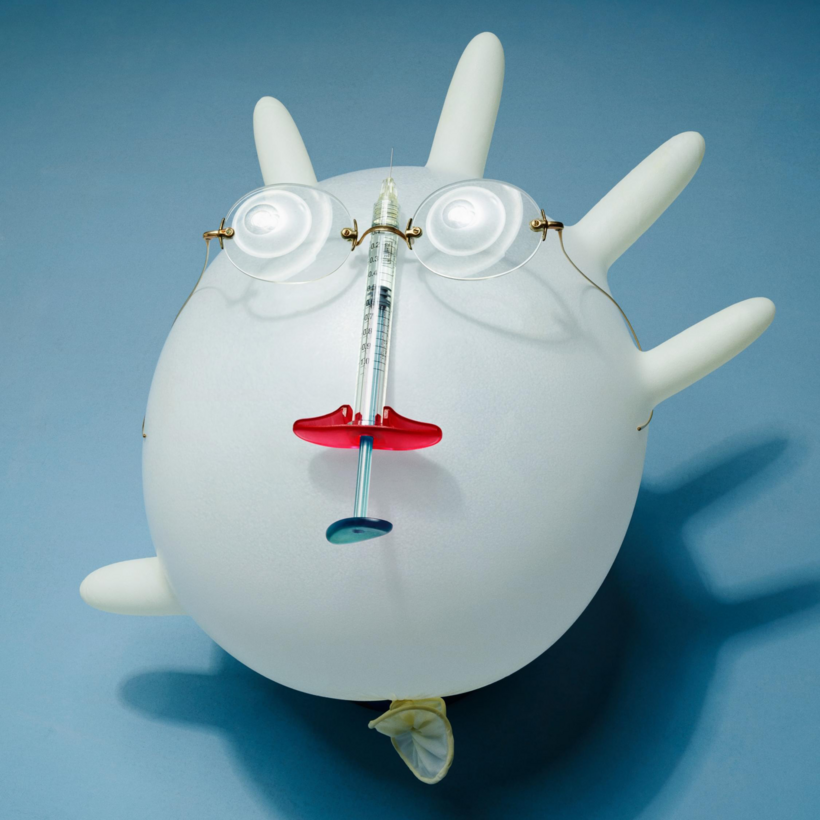The injections don’t promise a smoother brow, plump lips, or more prominent cheekbones. They’re known not for what they add but for what they take away: the swell of excess fillers.
Hyaluronidase is what doctors allude to when they say, Don’t worry! We can always dissolve it. “It” being hyaluronic-acid injections that pump up areas of the face. These facial fillers are more popular than ever, up 70 percent since 2019. And yet undoing their effects is becoming its own profitable enterprise. “It’s a new cottage industry,” says board-certified dermatologist Dr. Ellen Gendler. In her New York City practice, the demand for dissolver “started slowly and now it’s insane.”
TikTok has more than 50 million views of #fillerdissolving videos, not including #hyaluronidase and its various misspellings. The Aesthetic Society recorded a 57 percent spike in “filler reversals” between 2020 and 2021. The American Academy of Facial Plastic and Reconstructive Surgery ranked “revision injections” (that’s dissolving plus re-filling) among the top non-surgical procedures of 2022.
Dr. Gendler says patients are coming to her “desperate to get their filler removed” after being overinflated. For the greatest accuracy, some experts, including Dr. Gendler, use ultrasound to locate the filler around (or, alarmingly, within) blood vessels, fat pads, glands, and muscles.
Dermatologists and plastic surgeons with ultrasound expertise are a rarity, even in Manhattan and Los Angeles. People often discover them through support groups on Reddit or Facebook. “Patients from all over the United States, and even from Mexico, from Chile, fly in to dissolve,” says Dr. Stella Desyatnikova, a board-certified facial plastic surgeon in Seattle, whose ultrasound courses attract providers as well.
The antidote, hyaluronidase, is a synthesized version of an enzyme found in the body. While it’s long been used in medicine to help spread other injected drugs by breaking down the intrinsic hyaluronic-acid molecules in our tissues, its off-label use in aesthetics is relatively new.
Hyaluronidase is hardly a magic eraser, however. “It doesn’t evaporate filler into nothing,” Dr. Desyatnikova explains. “It breaks it into smaller pieces, making it easier for your body to clear it.” Still, some types of filler are obstinate. “It might take up to 10 vials of hyaluronidase for a single syringe of previously placed filler. I can never dissolve all of the filler,” she says.
Simply put: the enzyme is unpredictable. Injectors occasionally melt more than they intend to. “Sometimes a tiny amount of hyaluronidase can totally deflate an area,” says Dr. Desyatnikova. In Internet support groups, patients write about hyaluronidase causing irreparable depressions and deflation, widespread pain, overwhelming fatigue, muscle wasting, hair loss, and more.
The doctors I interviewed say that dissolving filler is an inexact science. Because the drug can’t distinguish between the body’s natural hyaluronic acid and the unwanted synthetic from injections, it degrades indiscriminately, causing tissues to “lose their fullness and apparent youthfulness,” says Dr. Danny Soares, a board-certified facial plastic surgeon in Fruitland Park, Florida. Fortunately, “the body quickly compensates by increasing its rate of production of hyaluronic acid to replenish what was lost.”
How quickly? Studies estimate within 15 to 48 hours, but most practitioners believe that the rate of regeneration varies with the individual and the amount of enzyme used. Nevertheless, “the skin can look terrible afterward, temporarily,” says Dr. Gendler, particularly when large areas of filler are dissolved.
As the controversy around dissolver builds, doctors are amending their consent forms to include not just ordinary side effects (swelling, bruising, the rare allergic reaction) but possible “skin laxity” and “deflation.” One even includes the phrases “potential appearance of aging” and “shock when you look in the mirror.” Practitioners are candidly addressing the very real risk of developing “divots and waviness,” “hollowness,” “wrinkling,” and “sagging” after dissolving filler.
Dani Sher, a physician associate and ultrasound trainer in Chicago, routinely warns patients, “I can get rid of the filler, but I can’t guarantee you’ll like how you look when I’m done.” That’s not terribly reassuring. “Super-traumatizing” is the word Dr. Evan Rieder uses to describe the removal of extensive filler from the face. He’s board-certified in dermatology and psychiatry, and braces patients for what could be an emotionally, physically, and financially draining experience. Dr. Gendler rarely discusses dissolving filler on her robust social-media accounts because she wants to limit the number of cases she takes, given how fraught and time-consuming they can be.
Every physician I consulted believes that overfilling causes damage slowly and stealthily, and the hyaluronidase merely unmasks it. “The tissue-expansion properties of hyaluronic-acid fillers are well documented,” says Dr. Kami Parsa, a board-certified oculoplastic surgeon in Beverly Hills. As excess filler sits in the face, it draws in water, stretching the skin and underlying tissues. Eventually, they lose their ability to snap back. The lower eyelids, with their intricate anatomy and delicate lymphatics, are especially vulnerable to this expanding and sagging, Dr. Parsa adds.
“If an area was overly stretched by filler, removing it can lead to permanent deflation,” says Dr. Desyatnikova. (She likens the phenomenon to extreme weight loss resulting in loose, flaccid skin.) “This certainly doesn’t happen in every case, but it can be devastating.”
Most at risk are people who’ve been getting filler once or twice a year for years or decades, often with the goal of avoiding surgery. The accumulated filler causes continuous expansion of the face, says Dr. Mobin Master, a leading researcher in filler longevity based in Melbourne, Australia. It turns out that filler can last longer in the body than the six months to two years that manufacturers originally claimed.
In a groundbreaking study, Dr. Master discovered the presence of hyaluronic-acid filler in faces up to 12 years after it was placed. “A lot of the M.R.I.’s that I see, it’s literally like looking at a mask of filler,” he says. “The whole face is just filler.”
Once imaging exposes the problem, the question becomes “Do we want to open this Pandora’s box?” says Dr. Desyatnikova.
Dissolving a full face of hyaluronic acid can be painstaking, requiring multiple sessions and significant expense. A simple, small area might cost $500 to dissolve, while a full face of filler that has built up over the years can cost as much as $10,000 to deflate. The process can take many weeks and exact a considerable psychological toll. While some patients obsess over getting “every drop of filler out,” says Dr. Gendler, others are alarmed by the way they look after dissolving and go on to re-fill. Some seek surgery to correct the sagging.
Dr. Desyatnikova calls this preoccupation with injections and the spiral it can trigger “dissolving dysmorphia.” It’s not unusual for doctors to recommend psychiatric care to their patients.
At a certain point, barring any glaring issues, Dr. Gendler may suggest an alternative therapy: a moratorium on treatments. “Save your money; save your time; take up pickleball,” she says. “Find something to take the focus off your face.”
Jolene Edgar is a writer who frequently contributes to Town & Country, Allure, and Harper’s Bazaar





